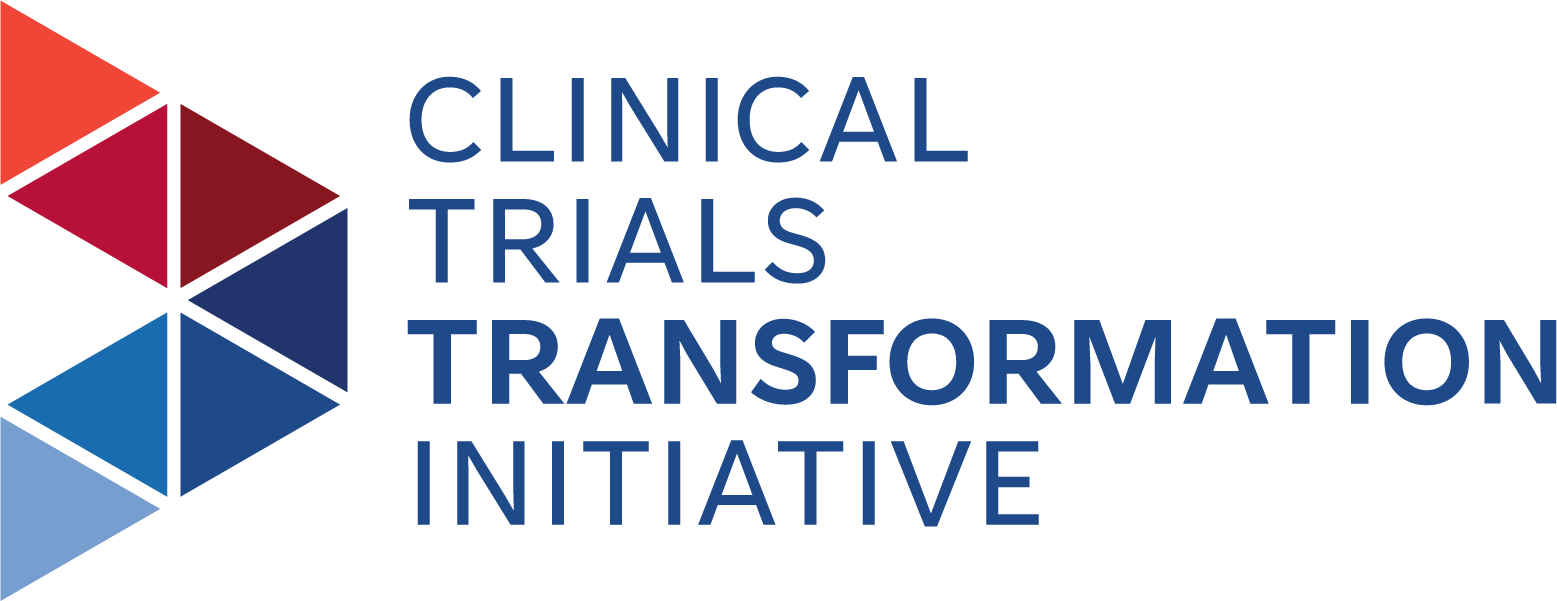NIH Funds Six Large Simple Trials to Rapidly Advance Answers
NIH Cites CTTI's Large Simple Trials Project in Funding Announcement
SUMMARY
Inspired by CTTI's Large Simple Trials work, the National
Institutes of Health (NIH) funded six
low-cost, pragmatic, patient-centered, randomized controlled intervention trials.
GOAL(S)
Like
other sponsors, NIH trials have become increasingly expensive and complex. With
strict budgets to adhere to, it is more challenging than ever to conduct
trials, even as the clinical community suffers from unanswered questions. The
NIH wanted to address these challenges by stimulating the conduct of large simple trials (LST), or randomized trials designed to
only answer one or two questions in a broad patient population, making them
more efficient and less expensive than traditional randomized trials.
CHALLENGES
Randomized
controlled trials as the "gold standard" for research is well embedded in the
clinical research community, and there was doubt across the research enterprise
about the acceptability of LSTs. Specifically,
trialists had: 1) concerns that regulators will require more granular data, 2)
operational concerns, and 3) lack of incentives and interest.
SOLUTION(S)
In 2013, CTTI
published a manuscript in JAMA Viewpoint addressing these concerns
and making the case for LSTs as a viable pathway to side-step these challenges
and advance human health. Novel uses of existing data collection platforms like
administrative claims and electronic health record data, CTTI said, present
opportunities to speed enrollment and minimize activities like data collection
and onsite monitoring for certain research aims. NIH agreed and set forth to
bring more LSTs to life.
TAKING ACTION
CTTI's work
stimulated and informed NIH's release of a request for applications (RFA) that
aimed to fund pragmatic, patient-centered randomized controlled intervention
trials that leverage existing resources to answer important questions in a
cost-effective manner. In addition, the RFA called for trials that would have
high impact from a patient perspective and be rigorously conducted via
randomization. The potential topics of the proposed interventions were broad
within these requirements.
NIH received a
robust response and selected six applications to fund. They were diverse in terms
of patient populations, conditions, interventions, and design. For example, one
trial implemented an evidence-based program for insomnia among cardiovascular
patients. The intervention was cognitive behavioral therapy for insomnia
(CBT-I), which was made pragmatic by delivering therapy through electronic
means rather than face-to-face with a clinician. Awards to these studies were
phased, so teams achieved specific and pre-determined milestones to move
forward.
A key part of
NIH's program was regular collaboration among funded project teams to assess
progress and pragmatism. Investigators rated their own trials and those of
their colleagues on various domains of pragmatism, which was an insightful
process that helped keep teams aligned with the original goal. For example,
there was a tendency as time progressed to add measures to get more insight.
The collaborative meetings helped maintain the original designs by discussing
and illustrating how it would detract from the pragmatic nature the Institutes
sought in funding these projects.
IMPACT
Five of
the six funded trials advanced to completion, and all have published results.
NIH considers the program a significant success.
ADVICE
NIH
was aware that LSTs had merit and potential to speed uptake of results in the
clinical care setting. The additional information from this program was
illustration of the benefit of regular investigator meetings to overcome
challenges and consider pragmatic approaches that have been seldom explored.
Study teams looked to CTTI's recommendations to orient their thought processes
toward a streamlined, patient-focused way of thinking about how they might
proceed. NIH cites its investment in a coordinating center for these studies as
key to keeping the teams engaged with one another and ultimately successful.
"You can do a
lot with resources already available," said one NIH leader. "Not everything can
be done pragmatically, but for clinical questions appropriate for this
methodology, LSTs are a valuable framework to deploy."
To those who
challenge LSTs with the argument that the data routinely collected in
electronic health records are inferior in detail and quality, NIH cites Eastman
Kodak's first digital camera images. Because they were substantially inferior
to film images, Kodak found it easy to dismiss the importance of digital camera
technology. Missing that market was a massive contributor to Kodak's bankruptcy
filing in 2012, and by the time Kodak launched the Instamatic, the market had
passed it by. It is common, NIH said, for large organizations to have
difficulty dealing with innovative technologies because they are successful
with their current business model, the new technology is usually initially
inferior, and their established customers are not asking for it. If you have
the inclination to dismiss the LST model at its current stage of development,
take a moment to consider if you are too beholden to the status quo. Don't be
the Kodak Instamatic.
For additional information, please contact The National Heart, Lung, and Blood Institute (NHLBI) at the National Institutes of Health (NIH): nhlbiinfo@nhlbi.nih.gov
For additional information, please contact The National Heart, Lung, and Blood Institute (NHLBI) at the National Institutes of Health (NIH): nhlbiinfo@nhlbi.nih.gov
ORGANIZATION
National Institutes of Health
CONTACT
ORGANIZATION TYPE
Government
IMPLEMENTATION DATE
2014
TOPIC
Large Simple Trials
